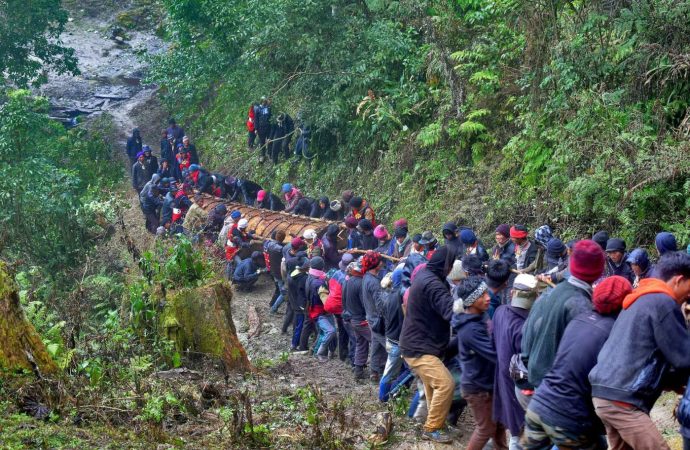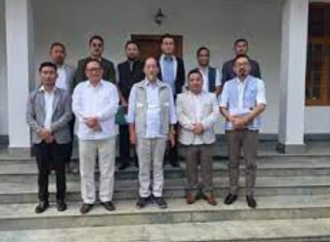In Nagaland, conservation and entrepreneurship are intertwined, creating a unique model for environmental and economic sustainability. Community institutions, empowered by Article 371A of the Indian Constitution, have autonomy over land management and conservation. However, the lack of a comprehensive state conservation policy and funding challenges has led nonprofits to explore social entrepreneurship as a solution.
In Nagaland, conservation and entrepreneurship are intertwined, creating a unique model for environmental and economic sustainability. Community institutions, empowered by Article 371A of the Indian Constitution, have autonomy over land management and conservation. However, the lack of a comprehensive state conservation policy and funding challenges has led nonprofits to explore social entrepreneurship as a solution.
The Landholding System and Local Governance
Nagaland’s land management system is rooted in its communal land ownership, where land is managed by tribal communities, clans, and villages. Local village councils and development boards play a crucial role in managing both economic and social aspects of the land, alongside its flora and fauna. Communities have long implemented biodiversity conservation practices, such as banning hunting, prohibiting harmful fishing methods, and preventing deforestation. Yet, challenges like climate change and over-reliance on forests for livelihoods threaten these efforts.
The Challenge of Funding Conservation
Despite the strong community-led conservation efforts, the lack of financial support remains a significant obstacle. Since the land is community-owned, it doesn’t qualify for government funding, unlike state-owned forests or wildlife sanctuaries, which receive substantial resources. Nonprofits like the Kenono Foundation and The Entrepreneurs Associates (tEA) are working to fill the funding gap, yet institutional support remains scarce. Community conservation is often unpaid, and many people juggle these responsibilities with other livelihoods.
Linking Conservation with Entrepreneurship
Recognizing the importance of both livelihoods and environmental sustainability, nonprofits in Nagaland are finding innovative solutions to fund conservation efforts. tEA, founded by Neichute Duolo, started working on farm-based businesses but soon realized that forest conservation was crucial for the well-being of local communities. By integrating conservation with livelihoods, such as supporting mithun rearing (a type of cattle) and plantation programs, they help villagers generate income while preserving the environment. Plantation drives focus on planting trees and offering protection crops, like ginger and turmeric, which generate income while trees grow.
Social Entrepreneurship as a Tool for Conservation
The Kenono Foundation extends its reach to over 80 villages, focusing on sustainable farming practices, eco-tourism, and biodiversity education. Through supporting initiatives like coffee farming and promoting homestays for eco-tourism, the foundation provides communities with both financial and ecological benefits. The foundation also works to strengthen community conservation areas (CCAs), where communities can learn and pass on traditional biodiversity knowledge to younger generations.
Unique Challenges of Conservation in Nagaland
While social entrepreneurship has made strides, several unique challenges persist:
- Varied Capacities: Not all village councils are equally equipped to manage conservation efforts. Some are well-established, while others are still in their infancy, leading to disparities in resources and expertise.
- Biodiversity Beyond Village Borders: Biodiversity doesn’t follow village borders, making it difficult for isolated efforts to have lasting impacts. Collaborative villages often struggle to reach a consensus on conservation strategies.
- Older Cooperatives and Mindset Change: Existing cooperatives and enterprises often resist integrating biodiversity conservation into their business models, creating a hurdle for newer initiatives that combine environmental and economic goals.
- Limited Access to Foreign Funding: Many village conservation societies are unable to access international funding due to compliance challenges, further restricting their capacity to undertake large-scale conservation initiatives.
Conclusion
Conservation in Nagaland is evolving through community-driven efforts and entrepreneurship. By integrating environmental sustainability with economic opportunities, nonprofits are helping preserve the state’s rich biodiversity while generating sustainable livelihoods. However, policy support, financial assistance, and collaboration across communities and government bodies are essential to achieving long-term success.












Leave a Comment
Your email address will not be published. Required fields are marked with *